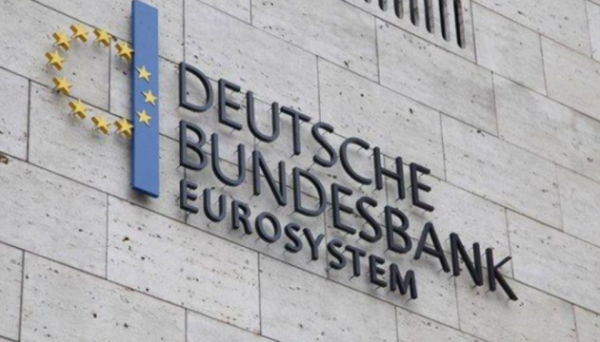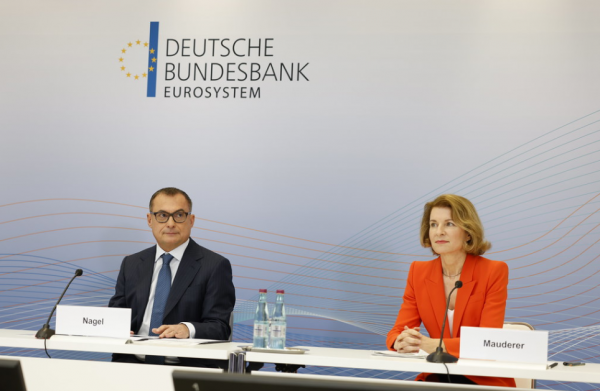
The German central bank recorded losses of more than 19 billion euros last year, the biggest since 1979.
The Bundesbank's balance sheet was summed up by its management at a press conference on February 25, reports a Ukrinform correspondent.
The Bundesbank has recorded an accumulated loss of 19.2 billion euros in the 2024 financial year, Bundesbank President Joachim Nagel announced.
“The Bundesbank already reported a balance sheet loss in the 1970s, the last time in 1979. So there is nothing fundamentally new for us in this regard. In 1974, for example, the Bundesbank reported a balance sheet loss of 8.9 billion Deutschmarks. This corresponded to just under 1% of the gross domestic product at that time. By comparison: The balance sheet loss for 2024 corresponds to just under half a percent of the GDP in 2024,” Nagel added.

Photo: flickr.com
At the same time, he assured that the Bundesbank has a reliable balance sheet.
The value of the reserves “is many times greater than the current and future accumulated losses”; as of the end of 2024, they amounted to 267 billion euros, Nagel said. The Bundesbank, he said, will carry over its losses over the next few years and offset them with future profits.
The reason for the current situation is the current state of the German economy, which the President of the Bundesbank assessed as a state of persistent stagnation, while the economies of many other countries were growing. Structural problems played a key role in this: high energy prices, green transformation and demographic changes, but also bureaucracy.
Nagel stressed that the Governing Council of the European Central Bank helped break the wave of inflation in the eurozone through an unprecedented change in monetary policy in 2022 and 2023. Since June 2024, the Governing Council of the ECB has already cut the deposit rate five times.
As reported, Germany's GDP fell by 0.2% last year; in 2023, the decline reached 0.3%. The government was forced to lower its price-adjusted gross domestic product growth forecast for 2025 to 0.3% (in the fall, growth of 1.1% was expected). Now, growth of 1.1% is expected in 2026.
Photo from telegrafi.com
